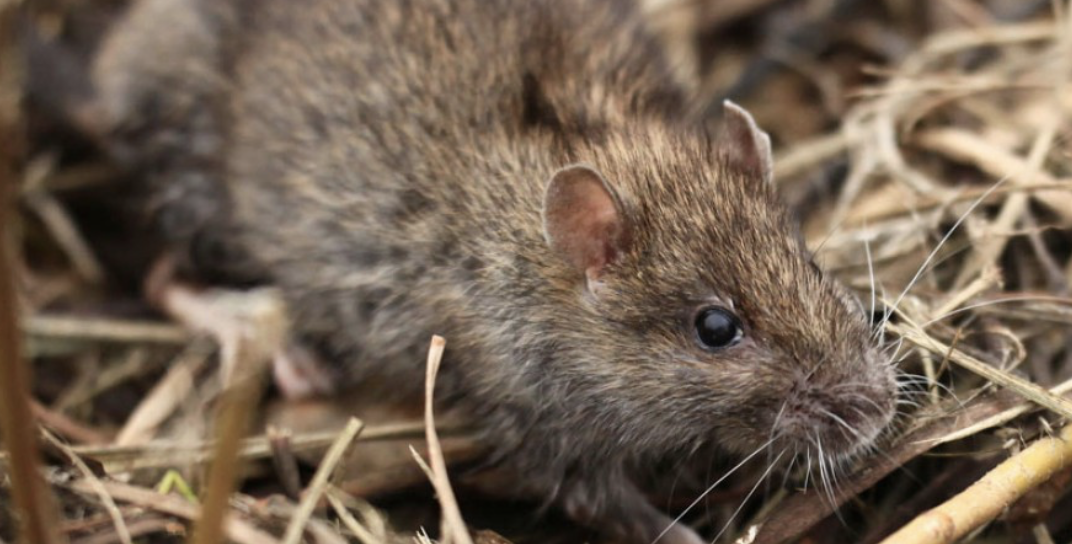
A partnership between Auckland Council, adhesives company Selleys, and peanut butter producers Nut Brothers is deploying 22,000 rat bait blocks and 160kg of peanut butter. The Talon wax blocks will be used in continuing trapping efforts on the Hauraki Gulf Islands and in remote rural areas as part of the Pest Free Auckland Programme:
According to Brett Butland, Auckland Council’s Pest Free Auckland Director, an unusually high seeding led to a wealth of food for native species. This has also fueled high populations of pests such as rats and stoats. These pests pose a serious threat to native wildlife as predator populations build up during the spring and summer months.
“We want to stay ahead of the game and ensure our predator free islands remain that way.”
“We know that rats prefer organic oils – like the ones contained in peanut butter – and they’re more likely to draw the pests to the bait stations. The rat bait and peanut butter work really well together.”

It was a momentous occasion.
A newly released book captures the significance of Hauturu Little Barrier Island and the ecological identity of this wonderful natural reserve.
Hauturu: History, flora and fauna of Little Barrier Island was launched at the Auckland Museum in September featuring key note speakers including editors Lyn Wade and Dick Veitch, along with The Little Barrier Supporters Trust patron Ruud Kleinpaste.
One of the evening’s highlights were the key insights, examples and experiences from the speakers who spoke about the historical significance of Hauturu and about the future of conservation in Aotearoa New Zealand.
Marine protection for the Hauraki Gulf was also noted as a shared vision for many who live, work and thrive on the Gulf.
Representatives of Ngati Whatua Orākei and Ngati Manuhiri also welcomed the crowd of several hundred attendees and highlighted the importance of Hauturu to mana whenua.
This important piece of literature is now available from booksellers nationwide. However, for those who wish to support the work of the Littler Barrier Island (Hauturu) Supporters Trust we encourage you to purchase a copy directly from the Trust.
For more information or to purchase a book, please follow the link below to the Trust’s website.

Conservationists are calling for continued action amid the increasing impact sediment is having on giant kokopu, one of Auckland’s rarest whitebait species.
The urgency comes from Auckland Council’s Freshwater Senior Regional Adviser Matt Bloxham, who says “Auckland doesn’t appear to have enough giant kokopu stream (source) populations to maintain high recruitment, because oceanic larval stocks are becoming depleted.”
Like other whitebait species, the young of giant kokopu spend time developing in the ocean before returning to adult habitat as whitebait in spring. “As adult populations are lost, we potentially add to this problem by reducing the oceanic larval pool and therefore also recruitment back into adult stream habitat.” Matt adds, “It’s akin to young kiwi folk going off on their OE but never returning home. Fewer young fish come back, the population ages and eventually dies out”.
This sediment issue is implicated in the noted decline of giant kokopu populations nationally and throughout mainland Auckland.
A remnant population at West Hoe Heights in Orewa was lost recently due to unmitigated sediment loss from a housing development into a nearby giant kokopu wetland. The Nukumea population in the neighbouring catchment is now coming under similar pressure.
A recent stocktake of known giant kokopu sites on the mainland found no fish at any of the 25-former giant kokopu sites. A handful of new (mainly island) sites have been found since, but they contain on average fewer than half a dozen fish and in some streams, a solitary fish remains.
However, the discovery of three geographically overlapping giant kokopu ranges on the south-eastern corner of Waiheke Island and another in Waitakere Regional Park increases the prospect of the species enduring in Auckland.
The first population found was in Awaawaroa Wetland in 2014, which resulted in the local community and Council mobilising to restore the population. More recently, there have been populations found in the neighbouring catchment to the east of Awaawaroa, and at Whatipu in the Waitakere Ranges.
However, a third population to the west of the Awaawaroa system, Whakanewha Regional Park, has recently disappeared “we think because of sediment loss from a gravel road higher up the catchment”, says Matt.
It turns out the population found to the east of Awaawaroa is the largest we have left in the region and the juveniles it disgorges into the ocean are likely to bolster the two nearby giant kokopu wetland populations.
“But even the largest population may become compromised if the two smaller populations (Awaawaroa and Whakanewha) are allowed fall away (i.e. it is likely that all 3 populations are underpinned by the same oceanic larval supply).
“While we will have to restock Whakanewha, if we act quickly and seal the sections of road that contribute sediment to Whakanewha, Whatipu and Awaawaroa, we may be able to sustain all three fisheries.”
“Major stochastic storm events of the type we are expecting more of with climate change have the potential to generate considerably more sediment and compromise kokopu populations in these rural and peri-urban environments. We are grappling with that at Awaawaroa, Whakanewha Regional Park, at Whatipu and in and around Orewa, where the species’ exposure to suspended sediment is high, particularly from roading.”
Matt says, “while gravel roads aren’t the only sediment source, they are one of the key sediment contributors in two of the Waiheke wetlands and are putting giant kokopu under particular pressure there”.
Mr Bloxham says “because the gravel on Waiheke has a high clay content, it only adds to the problem. Fine sediment is remobilized with every vehicle movement and stored in loose uncompacted drifts within the road corridor. At Whatipu, Whakanewha and at Awaawaroa, the close proximity of the gravel roads to their respective receiving freshwater environments means there’s very limited opportunity to intercept/settle out the sediment before it reaches the waterway and sealing is really the only option,” he said.
Auckland Council is responding to the issue of sediment loss to waterways from bulk earthworks sites and is working tirelessly to combat every angle of the issue. Matt says, “parallels can be drawn between earthwork sites and unsealed (gravel) roads. However, over their lifetime, dirt roads have the potential to be considerably more impactful as there are no sediment controls and release persists for as long as the roads prevail, whereas bulk earthworks are usually relatively short-term activities.”
Auckland Council aided by Forest and Bird, Conservation Volunteers NZ and the local community are working urgently to address the other threats to the island’s wetland populations, which include habitat loss and predation.
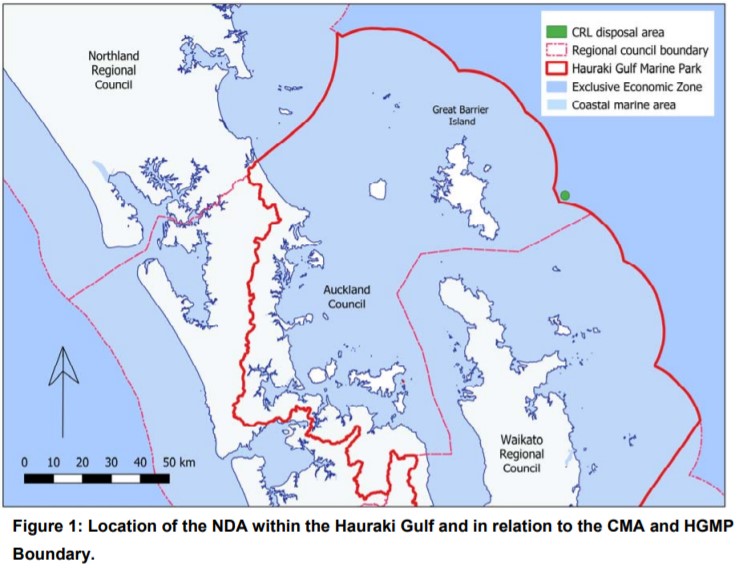
In the last edition of the Gulf Journal, we reported that the Environmental Protection Authority (EPA) had granted Coastal Resources Limited a 35-year marine consent to dispose of not more than 250,000 cubic metres of dredged sediment each year at the site identified in the map below.
Two appeals have since been lodged against the EPA’s decision with the High Court in Wellington, from the Society for the Protection of Aotea Community & Ecology and Great Barrier Islander Kelly Klink, of iwi Ngāti Rehua-Ngātiwai ki Aotea.
The High Court will hear the appeals on 22 and 23 July 2019.
Representatives from the Great Barrier Island Environmental Trust presented to the Hauraki Gulf Forum on 20 May, citing biosecurity risks, risks for marine mammals, risks of premature discharge from barges and cumulative effects as major concerns. The Trust is urging agencies to truly consider how dredge spoil can be managed without such high risks to, and impacts on, the Hauraki Gulf Marine Park, marine mammals and islands, and how alternatives to marine disposal can be properly explored and fast-tracked.
The presentation from the Great Barrier Island Environmental Trust will be available soon along with the minutes from the Forum’s meeting. Keep an eye on the agendas and minutes page.
New Zealand Herald has also reported on this story.
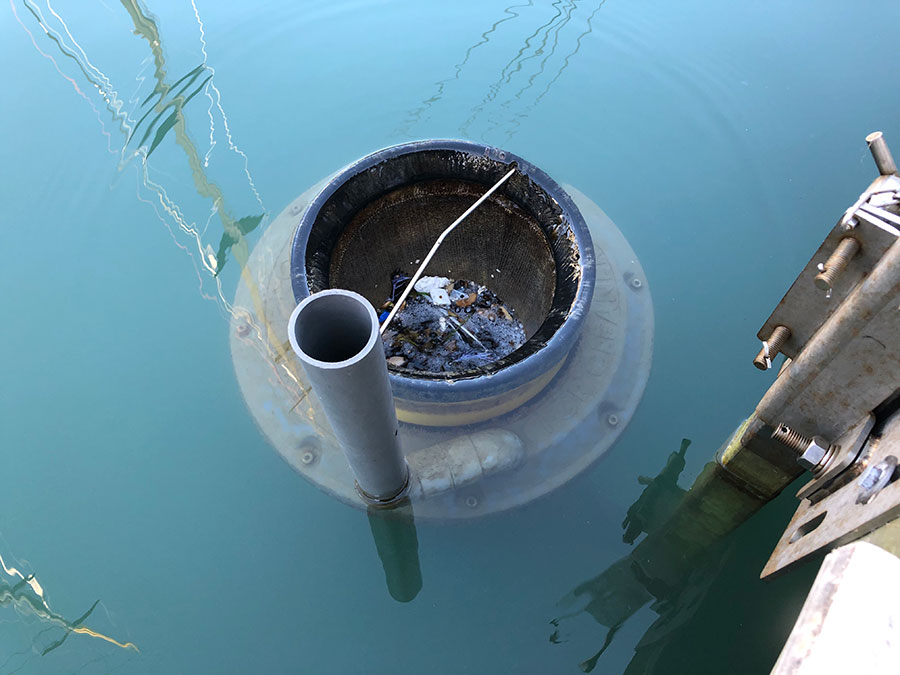
Man-made litter is a ubiquitous and widespread issue for the Hauraki Gulf, as it is globally. Australian company, Seabin, have designed a floating device for use in marinas, yacht clubs and ports to reduce the litter in the marine environment. Viaduct Harbour has invested in a Seabin and it’s already starting to pay off with significantly cleaner water and optimised labour costs. Each bin can hold up to 20kgs of debris. Check out what Caleb Bird, an Ambassador from Viaduct Harbour has to say about how frequently they have to empty the Seabin…
NEW ZEALAND INVESTING IN CLEANER WATERWAYS
NZ INVESTING IN SMART SOLUTIONS FOR CLEANER WATERWAYS. Please shareMeet Caleb from Viaduct Harbour marina. Caleb has been keeping the busy marina clean for the last 10 years, hear what he has to say about the importance of maintaining cleaner waterways.Seabins will arriving in Australia at the end of the month! We are super excited and we will start distribution mid February for both Australia and New Zealand!To learn more or order a Seabin please visit www.seabinproject.com
Posted by Seabin Project on Tuesday, January 1, 2019

Are historic landfill sites protected from erosion and sea level rise?
... READ FEATURE
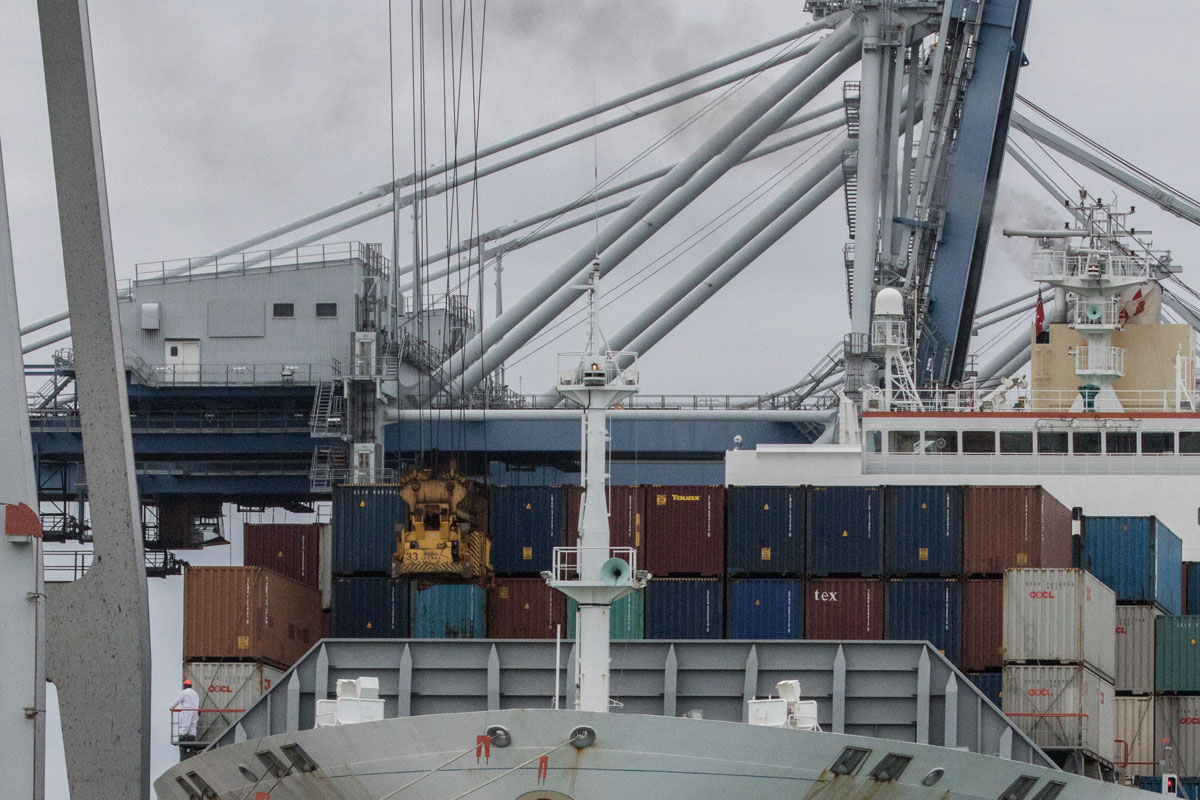
The Ports of Auckland have joined a group of 60 businesses that have combined forces to tackle climate change. The group, which produces around half of the countries greenhouse gas emissions, have pledged to monitor and reduce emissions within their businesses and to encourage their suppliers to do the same.
“Climate change is the issue of our time, and how we meet this challenge will define us,” CEO Tony Gibson says.
“We can’t expect ‘The Government’ to solve the problem for us, it’s too big for that and collectively we’re all responsible for the mess we’re in.”
By joining forces, the group hopes to make it easier for the country to transition to a low emissions economy, a move they say is needed to help keep global warming within 2 degrees, as specified in the Paris Agreement, and for business certainty into the future.
The Ports aim to reach zero emissions by 2040 and eliminate all methyl bromide emissions.
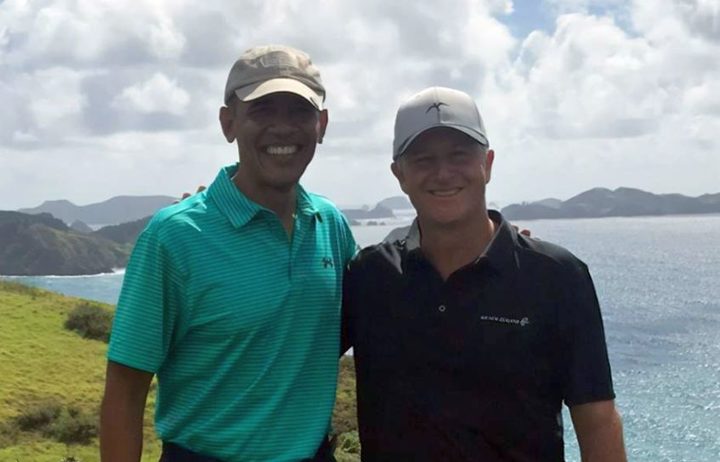
A luxury Te Arai development, still under construction, and likely to be marketed to wealthy Americans, will face the same curbs on overseas buyers as other developments around the country.
An exemption for the development was originally included in the legislation for the Overseas Investment Act, as it made its way through parliament, but was later struck out by Speaker of the House Trevor Mallard.
The Act is intended to put an end to speculator foreign ownership in the residential market.
The land, previously commercial forest, was part of a treaty settlement for northern iwi Te Uri o Hau and hapu Ngati Manuhiri who retain 25 percent holding in the project.
It then came to light former Prime Minister John Key had lobbied Forestry Minister Shane Jones to include an exemption.
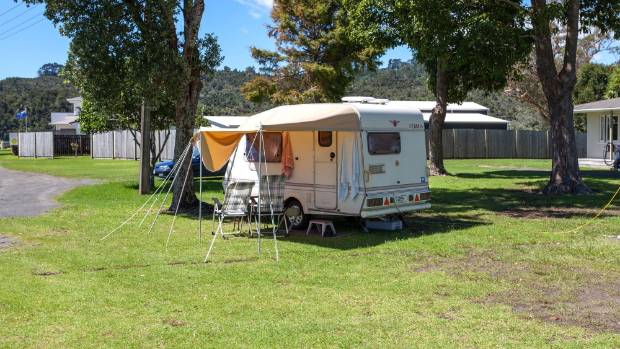
The Popular Harbourside Holiday Park, on the edge of Whitianga Harbour, will not be shutting its gates anytime soon. That’s the message from its new owner.
The Park, a favourite camping spot on the Coromandel for generations of holidaymakers, was recently bought by a Huntly-based builder and developer, Philip Leather.
There had been concerns the park, at the entrance to the harbour, might end up as another high-end development. But Leather says the business is profitable as it is, and he intends to keep the 50-year-old business running for at least the next three years.
Read more here

With Auckland city hosting the America’s Cup in 2021, new plans for a major make-over of the waterfront have been released by Auckland Council.
The development of the America’s Cup village would see Auckland Council and the Government spend $212 million on construction and running costs for the Cup with $114m coming from taxpayers and $98.5m coming from Auckland ratepayers.
There are also plans for a major revamp of wharves in the Downtown area including a new ferry basin, and harbour structures to enable bigger cruise ships to berth.
A new neighbourhood near the Wynyard Quarter is on the cards with lots of green spaces and trees.
The plans have brought both praise and reservations, with some councillors questioning what benefits there will be to residents in outer lying Auckland areas.
Read more here
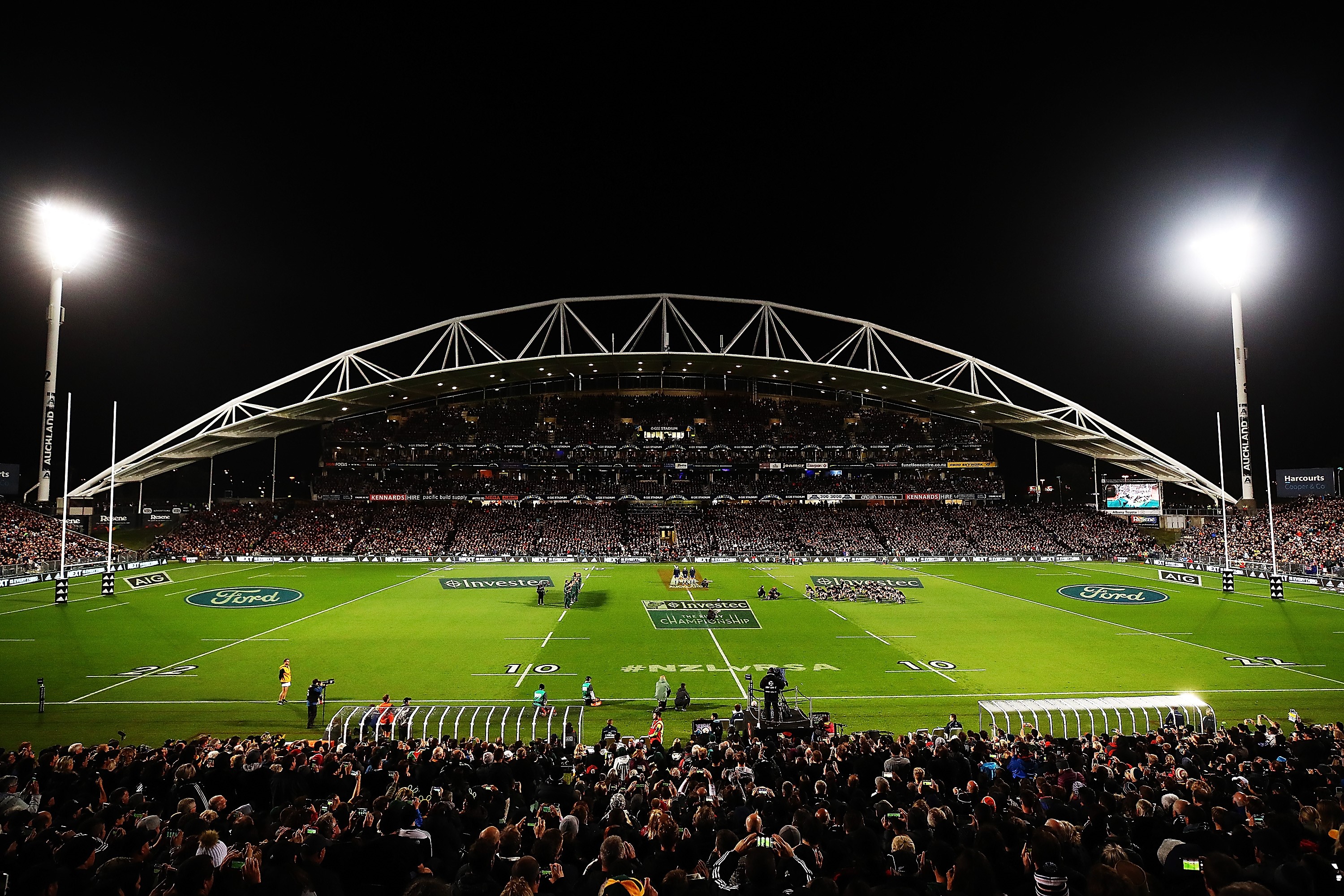
Wynyard Quarter on the Auckland waterfront is in the mix of sites being considered for a $1.5 billion central city stadium.
Railway land – beside Spark Arena, and owned by local kiwi Ngati Whatua seems to be favoured the most of the six sites being considered in a pre-feasibility report by PwC, for the stadium.
Victoria Park is also understood to be in the mix.
Considered commercially sensitive, the report – commissioned by Auckland Council, was heavily redacted when released. This caused concern for some councillors with former mayor John Banks also drawn into the discussion.
While there is no money allocated in the 10-year budget, Auckland Mayor Phil Goff said there could be funding when the budget is renewed in three years.
Read more here
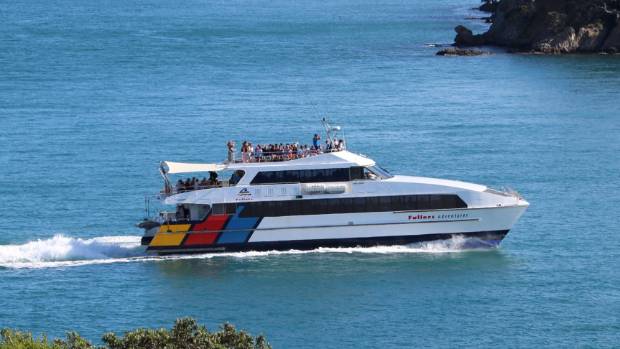
Ngāi Tai ki Tāmaki Tribal Trust will get their day in court as they seek the sole rights to run tours on Rangitoto and Motutapu islands.
Currently Fullers Group Ltd have rights to transport and run tours, the Motutapu Island Restoration Trust to run tours with permission from the Conservation Department, with Ngāi Tai also running small tours. The Trusts appeal had been declined by the Appeals Court but can now go ahead after this Supreme Court ruling.
Read more here
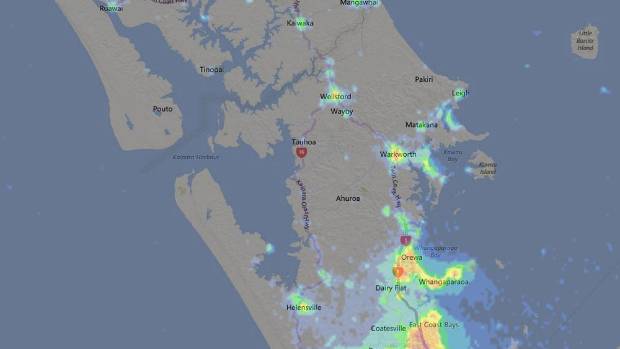
When Aotea Great Barrier Island was awarded International Dark Sky Sanctuary status last year, it caused quite a stir. It is just one of three places globally to gain the designation and the first island. With off grid power, no street lighting, large areas of conservation land, and being 90 kilometres form central Auckland, it proved to be a winner. Folk on the Barrier have taken to their new status with pride, including seeing it as a piece of the island’s tourism pie.
Nalayini Davies, the scientist who set the island on the road to its new found status, sees access to clear night skies as conservation on a cosmic scale.
She sees dark sky possibilities for Rodney in north Auckland and other areas around the Gulf, but says action needs to be taken before increased development gets underway – so conserving dark night skies is taken into account with council planning.
Read more here

John Tregidga reflects on more than a decade leading the Hauraki Gulf Forum
... READ FEATURE

A new report has been published. What has it found?
... READ FEATURE
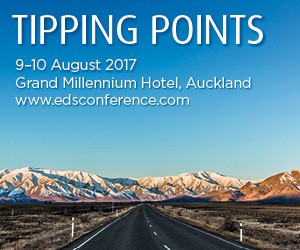
The future of farming and fishing were the subject of insightful discussion at the recent Environmental Defence Society Conference on Tipping Points.
New technologies such as ‘cellular agriculture’ are set to challenge old fashioned farming attitudes and increase the rate of uptake of sustainable practices, explained Dr Rosie Bosworth, a Senior Strategic Planner with ‘Rethink X’. Landcorp’s CEO Steve Carden outlined his vision for the future and the practical proactive approach being taken to adapt.
Sanford CEO Volker Kuntsch, Te Ohu Kaimoana CE Dion Tuuta and WWF head of Campaigns Peter Hardstaff addressed fisheries, their ‘big’ words being Transparency, Respect and Humility.
See video here
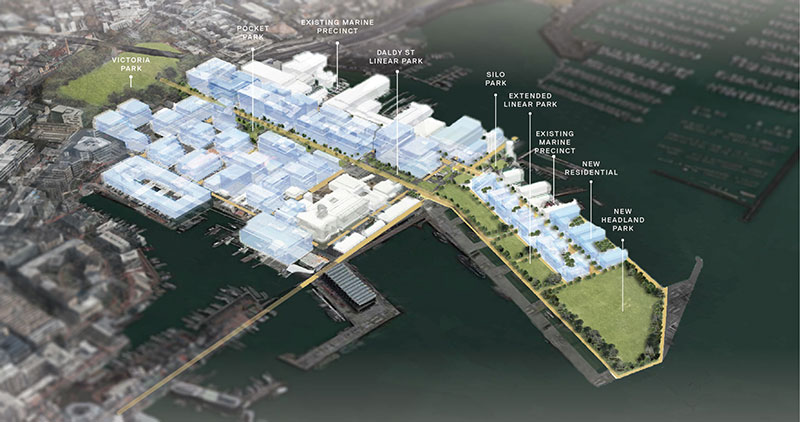
Auckland Council has agreed a plan to enhance and open up Auckland’s city centre and waterfront to the public.
It includes a new ferry terminal and new public space along the water’s edge and integrates public transport to accommodate Auckland’s growth.
The plan includes the transition of Captain Cook Wharf to include a cruise facility to cater for increasing number of larger vessels arriving into Auckland.
“This is a transformative plan that will create a more pedestrian friendly city-centre, return our waterfront to the people of Auckland and cater for the greater number of people visiting, living and working in Auckland’s central city,”
said Mayor Phil Goff.
Read more here
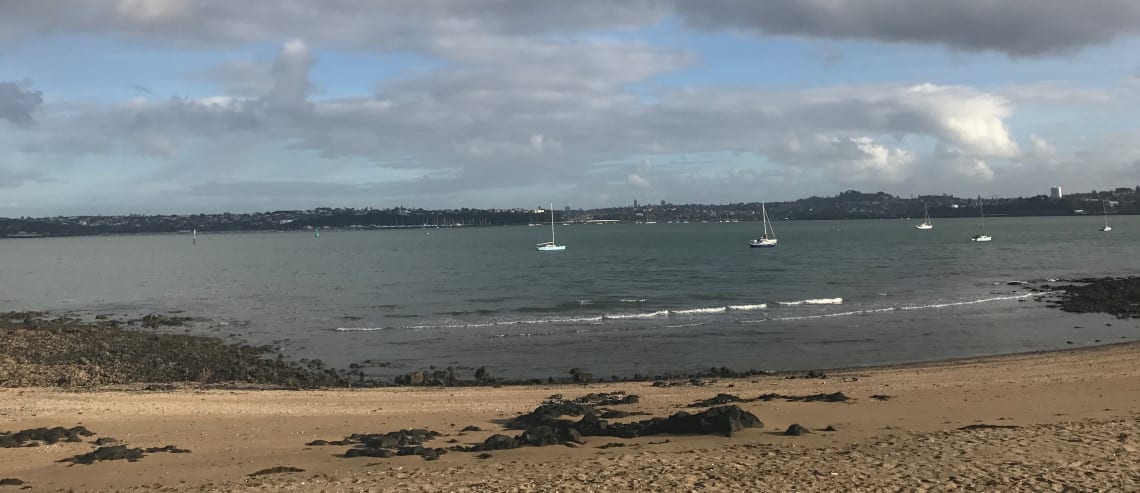
The Auckland Council family needs to take a more comprehensive approach to improving Auckland’s water quality says Mayor Phil Goff.
“Our vision is for a clean, green city which properly addresses the disposal of wastewater, improves the health of our streams and harbours and reduces waste streams such as plastic bags.
“While wastewater overflows into our harbours go back more than a century, the current state of Auckland’s water is no longer acceptable in 21st century Auckland.
Upgrading and building our water infrastructure is a top priority for this council and the council group for the next decade,”
says Mayor Goff.
A new strategic approach, being led by Environment and Community Committee Chair Penny Hulse, will look at drinking water, wastewater, estuarine and marine environments, stormwater, natural waterbodies and groundwater and aquifers; and the policy, infrastructure and investment, regulatory requirements, community involvement and research required to manage this.
Read more here
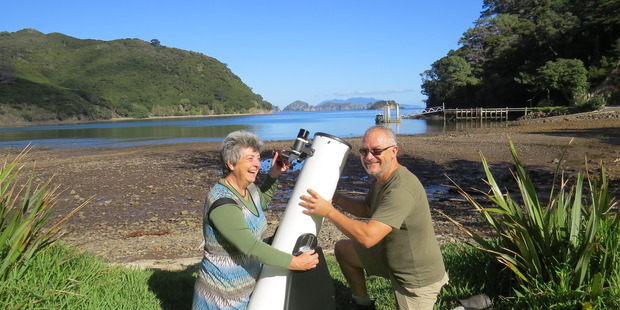
Great Barrier Island has applied to the Arizona-based International Dark-Sky Association to be declared an International Dark Sky Sanctuary, capitalising on its lack of light pollution and brilliant starry nights. A Dark Sky Sanctuary must have an exceptional or distinguished quality of starry nights and a nocturnal environment, and is protected for its scientific, natural, or educational value, its cultural heritage and/or public enjoyment.

Coastal erosion eating away at an old tip at Kaiaua has required a $200,000 solution to stop rubbish being washed into the sea.
Hauraki District Council said contractors would dig out the rubbish and truck it to a landfill in Auckland, licensed to take asbestos.
The restoration was expected to eight days with barriers required to stop seawater entering the work area. Tests recently found no contamination around the landfill.
The council will also clean up waste already clinging to mangroves and littering the coastline and said it had received strong support from the community and iwi for the clean-up.
Read more here
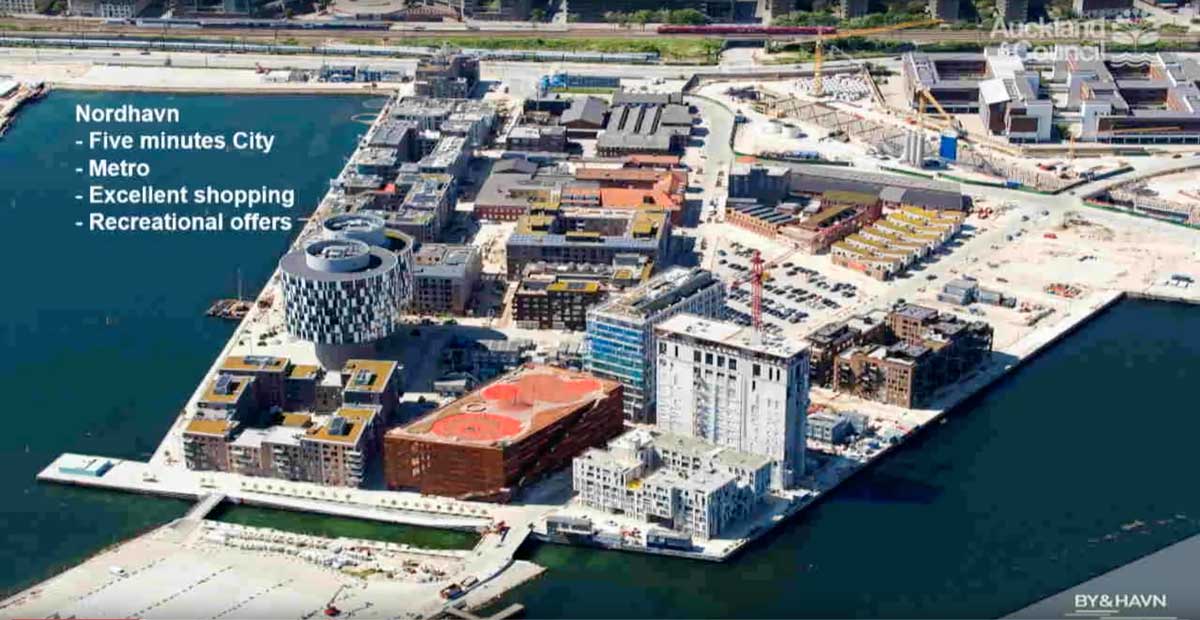
Panuku Development Auckland hosted a meeting of global waterfront development leaders in November.
Water Edge 2016 brought together experts from 14 international cities in Europe, the US and Canada, Asia, and the South Pacific.
Panuku Place Shaping Director Rod Marler said such symposiums create valuable relationships and an increased awareness of the complexity involved in creating outstanding urban waterfronts.
On behalf of Auckland Council, Panuku owns over $550 million worth of assets on the Waitematā Harbour comprising public spaces, marina assets and commercial property. By 2022, it expects to have completed the delivery of $440 million worth of public sector infrastructure investment to leverage what will amount to over NZ$1 billion of private sector investment.
Read more here
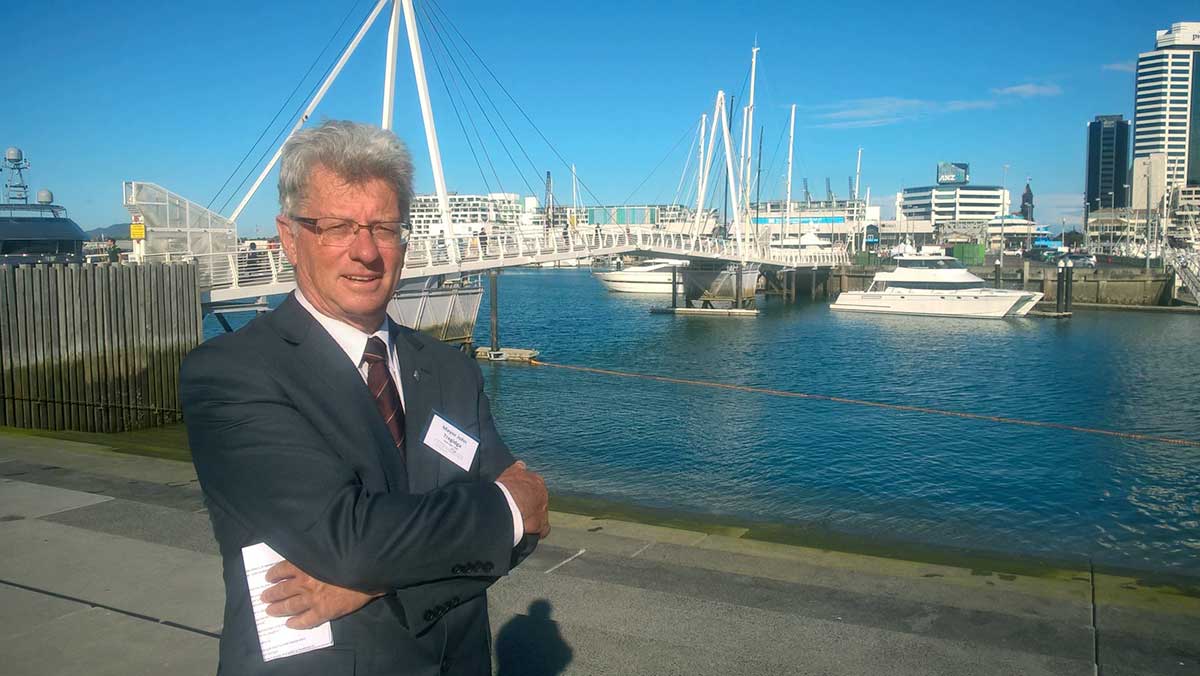
Innovative pathways result from wide enquiry and involvement
... READ FEATURE

Limit setting, scaled up investment and catchment wide efforts
... READ FEATURE
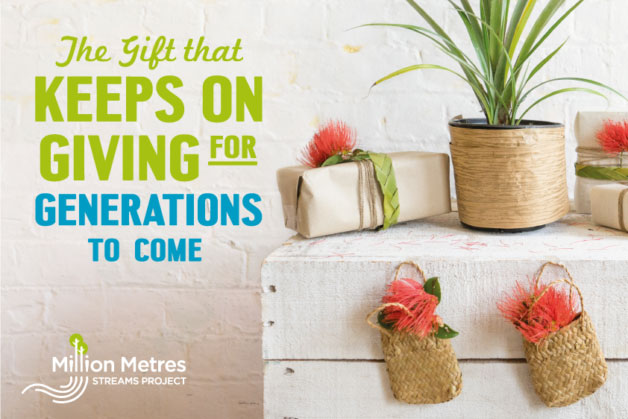
The Million Metres Streams Project is offering a Christmas present that cleans rivers and lakes.
A $20 donation will plant one metre of stream bank with four native trees. An ‘e-gift card’ can be passed on to the person you are buying for.
The project aims to restore native bush to a million metres of New Zealand’s waterways.
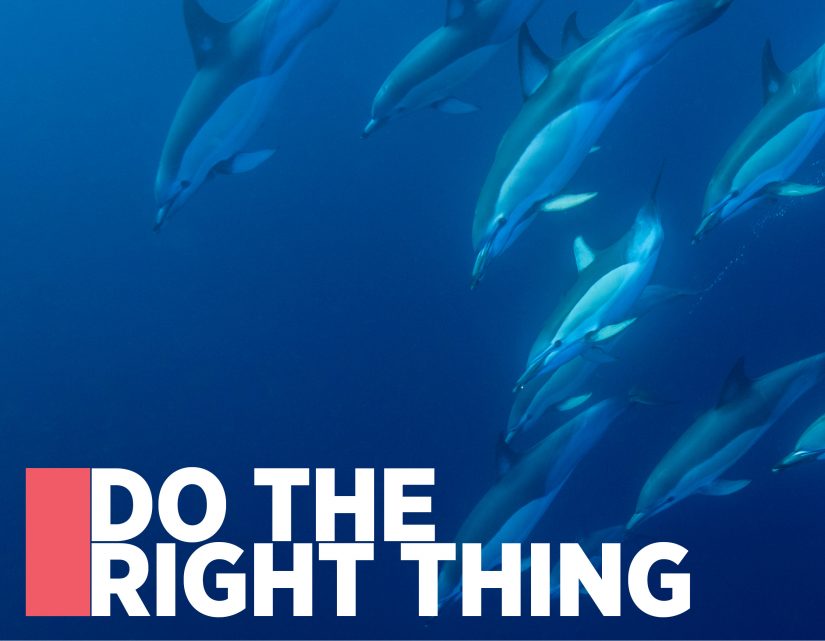
The 2016 Hauraki Gulf Marine Park Seminar asks what it takes to Do The Right Thing
- Can our primary industries reinvent themselves and their relationship with ecosystems?
- What is people-power unleashing around our islands, reefs and harbours?
- How can 600 years of indigenous knowledge and culture inform the way?
- Are fly fishing for kahawai and sailing with whales signs of the times?
- And where might the government fit in all this?
The Hauraki Gulf Forum has assembled an outstanding line-up of speakers for its seventh annual seminar on Tuesday, September 13 at Auckland Museum.
Book here

The New Zealand Coastal Society has published Adapting to the consequences of climate change: Engaging with communities to assist coastal professionals, decision-makers and communities in preparing for sea-level rise and the associated effects of climate change.
Read it here
Te Whangai Trust was the Supreme Winner at the 2016 Green Ribbon Awards in June.
The Waikato-based trust has contributed to restoration projects bordering the Gulf, including recent development of catchment management plans for the Mangatarata-Miranda-Kaiaua Community Care Group. The Trust develops life skills and future employment prospects while helping community partners to restore ecosystems, wildlife corridors and waterways.
Conservation Minister Maggie Barry said “Te Whangai Trust’s community biodiversity project has changed people’s lives and made huge environmental strides in the Waikato. It’s all about teaching people skills while caring for the natural environment.”
tewhangai.org
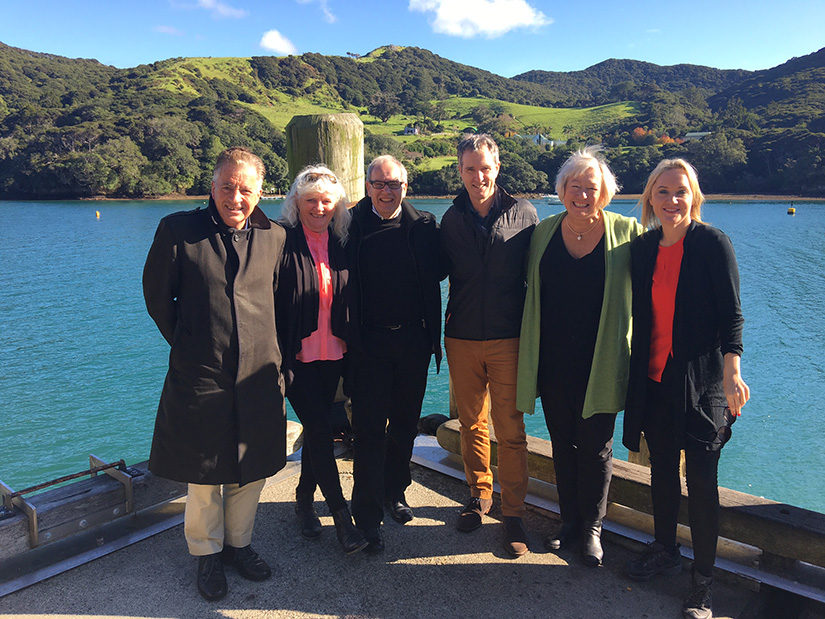
The purchase of the 83ha Glenfern Sanctuary on Great Barrier, created in 1992 by Tony Bouzaid, was announced in June. It was enabled through a combined $1.25 million by Auckland Council and the Great Barrier Local Board. The Minister of Conservation, through the Nature Heritage Fund, will contribute $975,000 and Foundation North $675,000.
Auckland Mayor Len Brown said “we will care for Glenfern and continue to contribute to the conservation of the Kotuku Peninsula with pride.” Great Barrier Local Board Chair Izzy Fordham said the sanctuary creates opportunities for conservation, education and economic outcomes for the island and the Hauraki Gulf.
The sanctuary and two adjoining properties are enclosed by a 2km pest proof fence. Auckland Council will own the new park, with governance details still to be finalised.
Read more here

Watercare Harbour Clean-Up Trust and volunteers from Spark collected 5000 litres of litter within an hour from a 100 metre stretch of the Tamaki River in April. The most common items were bottles, plastic bags and polystyrene but included tyres, furniture, clothing, kids’ toys, and even a TV.
Watercare Harbour Clean-Up Trust contractors Hayden Smith and Ben Harris said that while the amount of rubbish was slightly higher than normal, types were typical of what is regularly collected around East Tamaki. Smith says the majority of rubbish is improperly disposed of on streets, then ends up in drains, the stormwater network and is moved by rain, wind and tides.
31 million litres of rubbish have been removed from Auckland harbours since the trust was launched in 2002.
Read more here
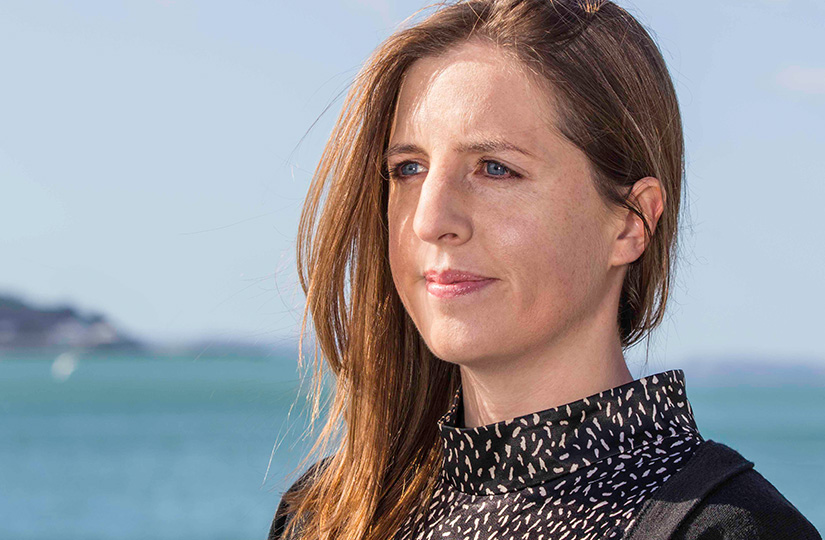
A provenance model would require driving up the value chain in terms of product diversity, quality, and utilisation.
... READ FEATURE
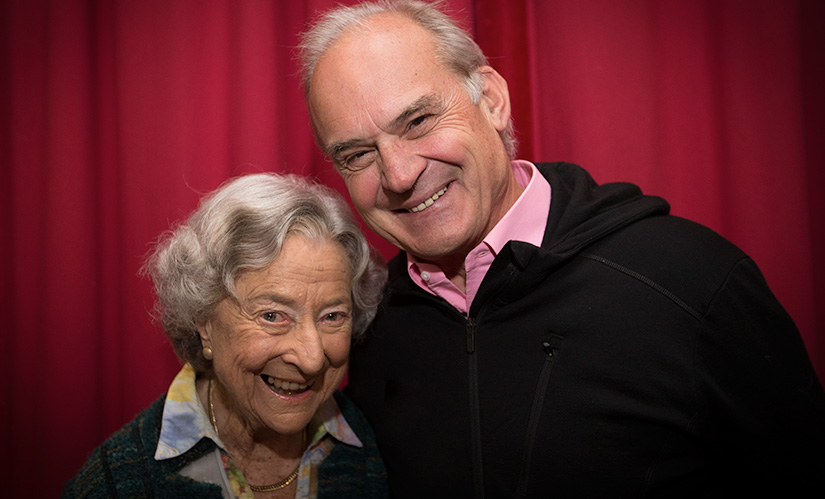
Rob Fenwick, 2016 finalist for New Zealander of the Year and speaker at the Hauraki Gulf Marine Park seminar imagines the Hauraki Gulf in the year 2050.
... READ FEATURE
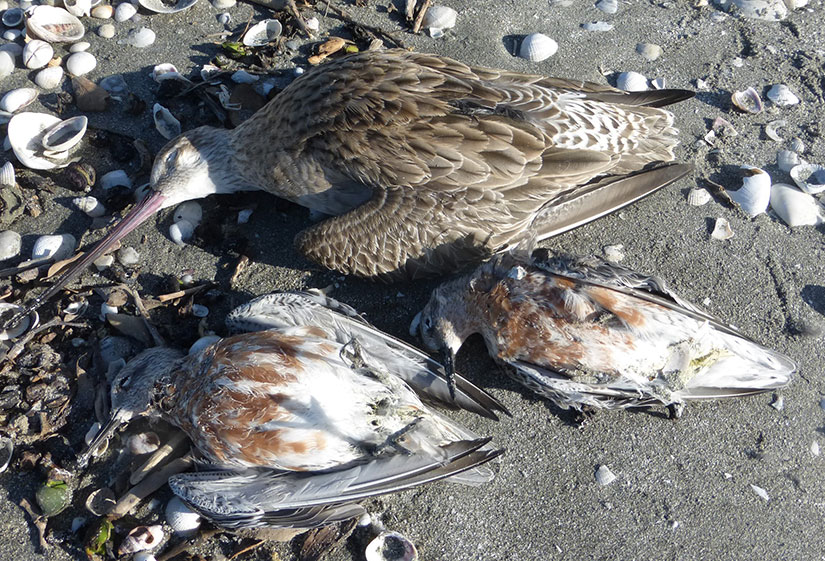
Fish and Game and the Miranda Shorebird Centre have expressed concern at an outbreak of avian botulism in the southern Firth of Thames.
The disease, linked to warm temperatures and water with low oxygen content, has killed hundreds of game and migratory birds around the Ramsar Convention-recognised wetland in recent weeks.
Dead ducks and wading birds have been collected by wildlife officers and Department of Conservation staff and samples sent to Massey University for post mortem analysis.
Fish & Game’s David Klee said botulism is symptomatic of severely degraded environments and the extent of the outbreak was upsetting for staff and volunteers.
Read more here
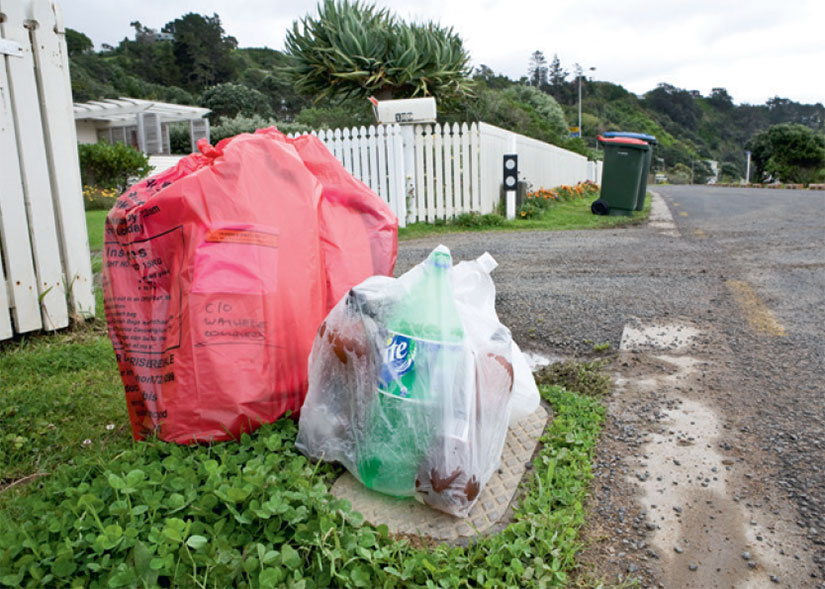
Auckland Council will be working with communities of the Gulf to create a Hauraki Gulf Islands Waste Plan in the first half of 2016, focusing on Great Barrier, Waiheke, Rakino and Kawau and on managing waste from boats and fishing. Programme manager Jenny Chilcott says each island community is unique and the aim will be to work with local communities to develop creative, sustainable solutions that support local interests.
There are over 7,000 households in the Gulf and on Great Barrier alone around 500 tonnes of refuse and inorganic waste is produced each year. Key issues include how to minimise waste coming on to Gulf islands, handling visitors, addressing fishing and boating waste and maximising local recycling and reusing of materials.
The plan will be guided by the Waste Management and Minimisation Plan adopted by Auckland Council in 2012 and Waiheke, Great Barrier and Rodney Local Boards will be closely involved.
Waste Management and Minimisation Plan

Living Water – a partnership between Fonterra and the Department of Conservation – has developed a three year plan for work in the Pūkorokoro /Miranda area.
The project will focus on protecting, enhancing and expanding shorebird habitat, including high tide roosting habitat and salt marsh, and managing weeds and predators; supporting advocacy to protect international flyway sites and showcasing examples of best practice sustainable dairy farming.
Ngāti Pāoa, the Pūkorokoro /Miranda Naturalist Trust and local educational programmes will receive support.
Pūkorokoro /Miranda is part of the Tīkapa Moana / Firth of Thames Ramsar site, an 8,500 hectare wetland of international importance. It provides important high tide roosts for nine shorebird species and habitat for a range of rare and threatened plant and animal species.
Ten Fonterra farms are in the catchment, six adjacent to the shore bird habitat area. Farmers will receive support to adopt practices which improve water quality and enhance biodiversity.
http://www.fonterralivingwater.com


































